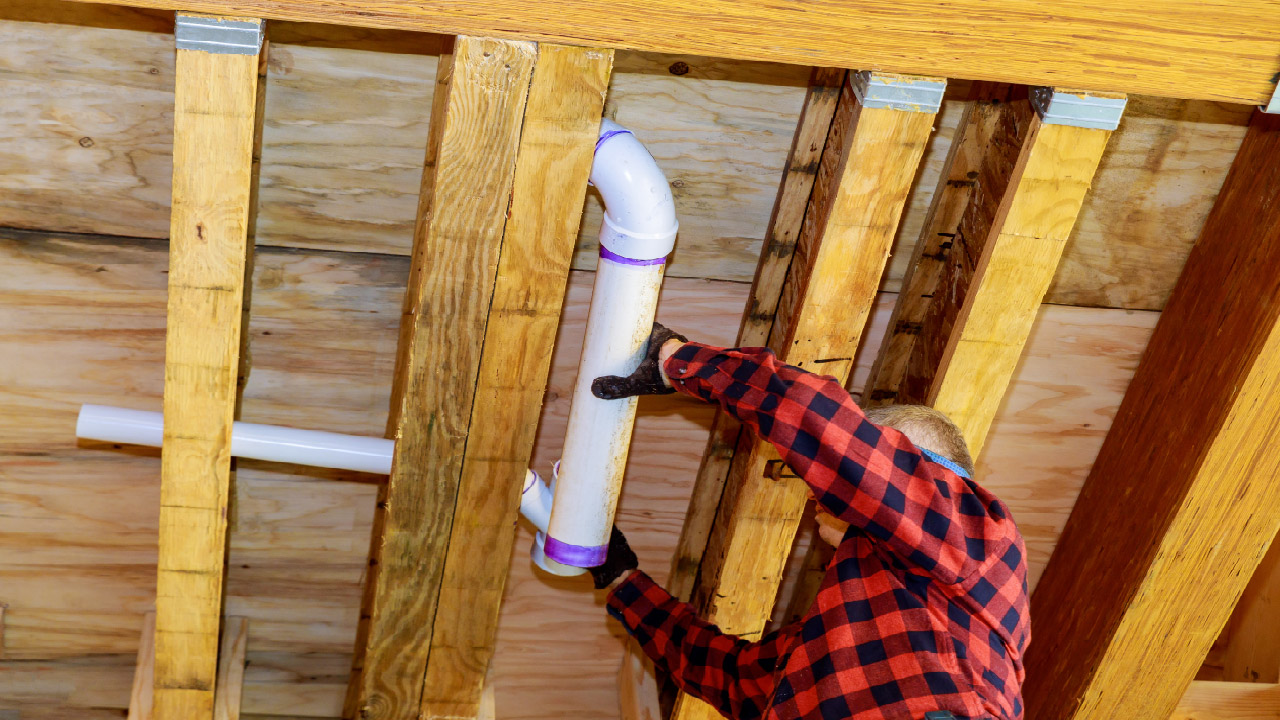Types of PVC Fittings and How to Use Them
Mar 16th 2023
PVC fittings are pieces used to connect different sections of
PVC pipe together. There are many varieties used to accomplish specific tasks. Fittings come in different sizes, though standard PVC pipe sizes are ½-inch PVC, ¾-inch PVC, 1-inch PVC, 1-½-inch and 2-inch PVC. Most fittings we sell will fit on at least one of these sizes.
There are two kinds of PVC piping, each beneficial for specific objectives. Schedule 40 PVC is typically white and used for drainage and irrigation projects. Schedule 80 PVC is usually a dark gray, and it is less common because it is a bit more expensive. The main difference between the two is that Schedule 80 PVC has thicker walls to handle higher pressures more effectively. When designing your PVC projects, consider your needs before deciding which type of pipe to use, and match your connectors to your pipe.
Varieties of PVC Connectors
Ball Valve: The PVC ball valve is used to stop the flow of liquid through a pipe easily. Once attached, you can turn the handle, and the water will be blocked from continuing its flow.
Coupler: PVC couplers can attach two different pieces of pipe together. They can either attach the same size pipe or different sizes together, depending on your needs. Some couplers may require glue or thread sealant tape to work properly.
Elbow: PVC elbows are simple ways to change the direction of your PVC piping. Many are formed in a piece that is 90 degrees for ease of function.
Tee: The PVC tee is designed to create a branch off the main line. Once you have the correct size, you must cut your piping and slip the tee on, securing it with glue. Tee fittings are also available with pipe threads to attach to male threads.
Slip Cross: The PVC slip cross allows you to connect four separate pieces of pipe altogether.
Flex couplings: These flexible pieces can be used for repair and to accommodate unusual angles in your irrigation set-up.
Caps: When you reach the end of your irrigation line, PVC caps are the perfect solution to close out your tube.
Other Important Parts
While the connectors mentioned above get you most of the way, there are a few other tools and parts you may need to be successful. One important tool is a PVC cutter, used to make clean cuts in your PVC piping. Wherever you need to add a new connection, cut the pipe, and add the connector exactly where you want. PVC glue is another essential. Since many of the connections are plastic on plastic, they need extra support to ensure they maintain a solid, leak-free joint. Adding glue to the required areas is a simple and inexpensive fix. PVC primer is another optional tool that can make it easier to attach your connections. The primer softens the PVC and cleans it before attaching the connector, so the connection is stronger and cemented.

